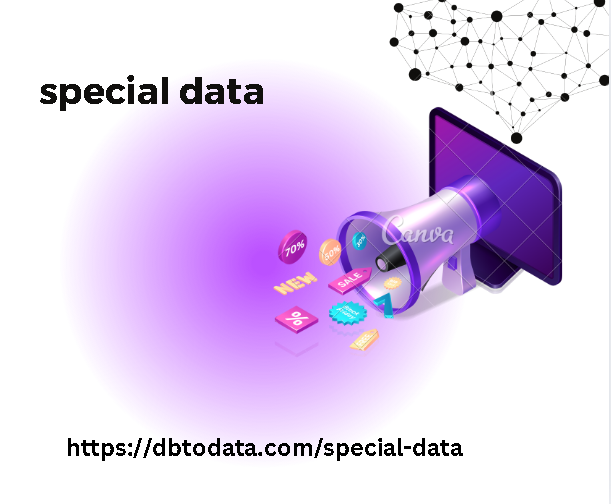How does the IG algorithm work? Four major “signals” determine your IG post ranking
Social m ia, like search engines like Google, will update their algorithms regularly to ensure that they can push content that users are truly interest in and improve user experience. Recently, Instagram CEO Adam Mosseri wrote an article on the official website *, personally explaining IG’s algorithm. The following will summarize the key points of the article and the inspiration it brings to marketers.
Instagram’s algorithm
Mosseri first point out: There is no single “Instagram algorithm”! Instagram decides what content to push bas on different “signals” from users, publishers, and post content. Different pages within Instagram including Explore, Stories, and Reels, etc. have unique algorithms bas on user intent and habits. For example, Instagram knows that users expect to see the movements of friends and people they follow in Fe and Stories, so it will push the latest posts of the people the user is following. Explore to discover new information, so the algorithm of Explore is different from that of Fe and Stories.
major “signals” that affect your post
Instagram collects thousands of signals to determine the self employed database content to push – including user interests and usage habits, publisher information, post upload time, etc. The following are the four major “signals” that affect the content of Fe and Stories arrang from most to least important :
Post information – including basic information of the post such as upload time, video length, etc. and popularity such as the number of Likes
Publisher information – Instagram uses
this information to determine whether users have a vision for the future will be interest in the publisher’s content such as the user’s interaction record with the publisher’s content
User activity records – Bas on the user’s past activities uk data such as posts that they have lik , we can determine what content the user may be interest in.
User interaction records – judging whether a user is interest in a post by looking at the user’s past interaction records with individual publishers







